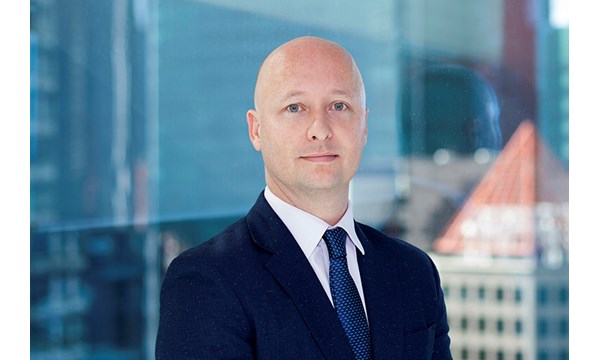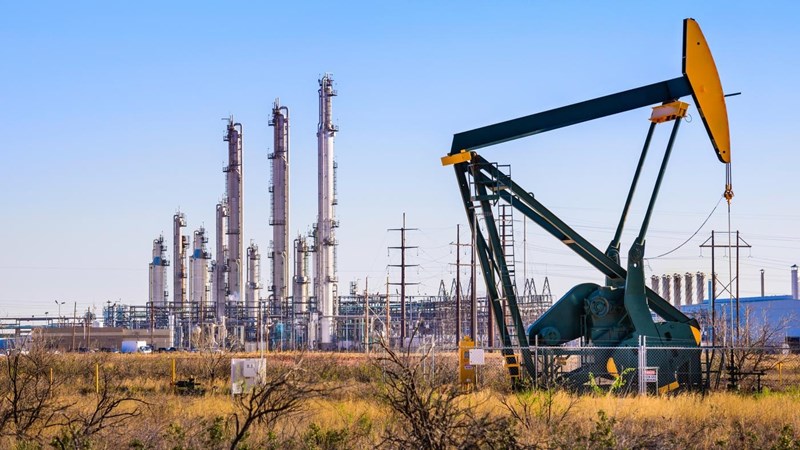Discuss your challenges with our solutions experts
1 minute read
Angus Rodger
Vice President, SME Upstream APAC & Middle East

Angus Rodger
Vice President, SME Upstream APAC & Middle East
Angus leads our benchmark analysis of global Pre-FID delays, and deep water developments.
Latest articles by Angus
-
The Edge
Why upstream companies might break their capital discipline rules
-
Featured
Upstream oil & gas regions 2025 outlook
-
Opinion
How to make upstream licensing work
-
The Edge
What’s driving the upstream revival in Southeast Asia?
-
Opinion
A two-decade decline in exploration is driving the need for carbon neutral investment in Australia’s upstream sector
-
Opinion
Asia Pacific upstream: 5 things to look for in 2024
I recently co-authored a report on the trends we saw in FIDs in 2018 and what we think will happen in 2019. In this video series, I share with you some of the key findings and analysis that came out of that report.

Angus Rodger
Vice President, SME Upstream APAC & Middle East
Angus leads our benchmark analysis of global Pre-FID delays, and deep water developments.
Latest articles by Angus
-
The Edge
Why upstream companies might break their capital discipline rules
-
Featured
Upstream oil & gas regions 2025 outlook
-
Opinion
How to make upstream licensing work
-
The Edge
What’s driving the upstream revival in Southeast Asia?
-
Opinion
A two-decade decline in exploration is driving the need for carbon neutral investment in Australia’s upstream sector
-
Opinion
Asia Pacific upstream: 5 things to look for in 2024
In part one of this video guide, Angus Rodger explains why FIDs matter, whether investors are favouring oil or gas and how we interpret the boom in the Middle East.
In part two, Angus examines the relationship between CAPEX per project and CAPEX per boe. He also talks about the shift to LNG and deepwater in 2019 and what it could take to disrupt our forecast.
Busting 3 FID myths
In this video series, Angus busts myths around project sanctions and the trends we're seeing today. Here are three of the common misconceptions he tackles:
- You can't draw a direct correlation between the number of FIDs and total upstream spend. While there is a far higher number of FIDs in 2018 compared to 2014 (before the oil price dropped), total spend in 2018 is lower – US$400 billion in 2018 compared to US$750 billion in 2014.
- It would be logical to assume that greenfield projects are bigger than brownfield – but in 2018 some of the biggest projects that were sanctioned are brownfields, including some huge brownfields in the Middle East.
- Companies are not specifically targeting more oil or gas projects. In terms of reserves sanctioned in 2018, it was split nearly 50/50 between oil and gas fields. In 2017, there was more oil sanctioned, and in 2016 it was more weighted towards gas. So, no clear trend or pattern.
What's behind the FID boom in the Middle East?
11 projects were sanctioned in the Middle East as producers look to take advantage of the lower cost environment. Jessica Brewer investigates why the Middle East led the pack in 2018's FID bonanza, and asks whether we can expect a repeat performance in 2019.

Key concepts
FID
Final investment decision. The final decision to invest in a project, typically made by the board and executive committee. At this point, major risks have been mitigated and concerns address. The project then progresses to the execution phase - exploration and production.
Project sanction
When a project is given the go ahead to move into the execution phase, sometimes by the state, sometimes by the private entities funding the project. Often used interchangably with FID.
Sanctioned reserves
The volume of reserves that have been approved for production. Typically measured in barrels of oil equivalent (boe).
Brownfield
An oil or gas field with infrastructure in place. In other words, it's already been developed.
Greenfield
A new undeveloped frontier with no existing infrastructure, which equates to higher levels of difficulty and risk.
boe
Barrels of oil equivalent, a measure that allows like-for-like comparison of oil and gas reserves and production
CAPEX
Capital expenditure. The funds used by a company to buy and upgrade physical assets – it shows on the balance sheet as a investment rather than an expense.







